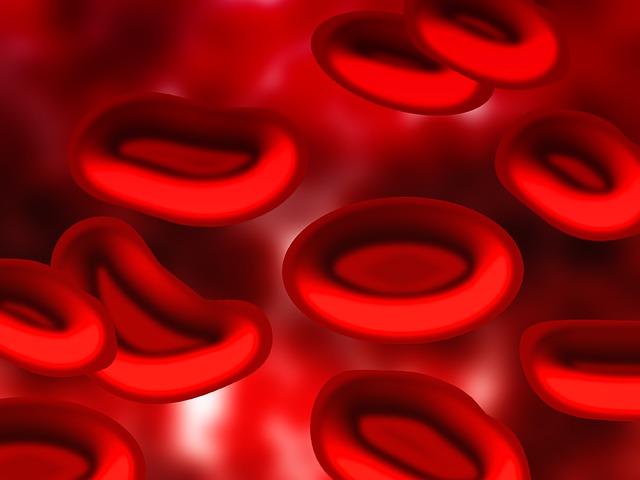
A Brief History of Blood Transfusion Through The Years
By Kristin Stankus, digital community and social media specialist
As early as the 17th century, blood has been used as a therapy for a variety of ailments. Over the years, there have been many great advances and it is no wonder this precious resource is so valuable. Here is a look at some of the bigger milestones related to blood transfusion over the years.
1628 English physician William Harvey discovers the circulation of blood. Shortly afterward, the earliest known blood transfusion is attempted.
1665 The first recorded successful blood transfusion occurs in England: Physician Richard Lower keeps dogs alive by transfusion of blood from other dogs.
1818 James Blundell performs the first successful blood transfusion of human blood to treat postpartum hemorrhage.
1840 The first whole blood transfusion to treat hemophilia is successfully completed.
1900 Karl Landsteiner discovers the first three human blood groups, A, B and O.
1902 Landsteiner’s colleagues, Alfred Decastello and Adriano Sturli, add a fourth blood type, AB.
1907 Blood typing and cross matching between donors and patients is attempted to improve the safety of transfusions. The universality of the O blood group is identified.
1914 Adolf Hustin discovers that sodium citrate can anticoagulate blood for transfusion, allowing it to be stored and later transfused safely to patients on the battlefield.
1932 The first blood bank is established at Leningrad hospital.
1939-1940 The Rh blood group is discovered and recognized as the cause behind most transfusion reactions.
1940 The US government establishes a nationwide blood collection program.
1950 Plastic bags allowing for a safer and easier collection system replace breakable glass bottles used for blood collection and storage.
1961 Platelet concentrates are recognized to reduce mortality from hemorrhaging in cancer patients.
1970 Blood banks move towards an all-volunteer donor base.
1972 The process of apheresis is discovered, allowing the extraction of one component of blood, returning the rest to the donor.
1983 Stanford Blood Center is the first blood center to screen for AIDS contaminated blood, using a surrogate test (T-lymphocyte phenotyping) two years before the AIDS virus antibody test is developed.
1985 The first HIV blood-screening test is licensed and implemented by blood banks.
1987 Stanford Blood Center is the first in the country to screen donors for Human T-Lymphotropic Virus Type I (HTLV-I), a virus believed to cause a form of adult leukemia.
1990 A specific test to identify Hepatitis C is introduced.
2002 West Nile Virus is identified as transfusion-transmissible.
At Stanford Blood Center, we lead the fields of transfusion and transplantation medicine by advancing science and technology. We provide hope for the future by teaching the medical leaders of tomorrow. We enhance lives by connecting donors to patients every day.
SBC is proud to be part of this industry that saves so many lives and hope you will consider becoming a donor. For eligibility details, please visit our eligibility page:
http://stanfordbloodcenter.org/donate/EligibilityMedHisDeferral.html or to make an appointment, visit sbcdonor.org.
Sources:
http://www.aabb.org/tm/Pages/highlights.aspx
http://www.sciencedirect.com/science/article/pii/S1201971213003081
https://www.ibms.org/go/nm:history-blood-transfusion
